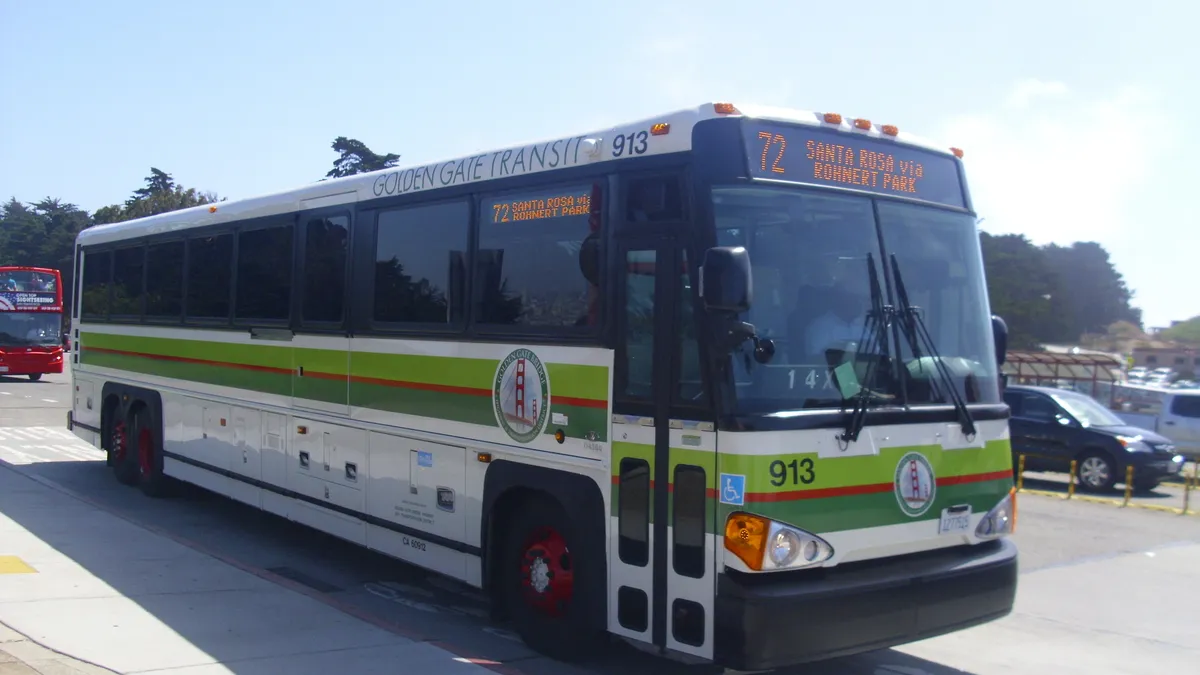Dive Brief:
- Transit agencies will have to partner with private companies or embrace nontraditional sources of data in order to reverse a years-long decline in ridership, according to a new report from KPMG.
- Transit ridership has dropped 5% over the last decade, in large part because of diminished bus use, KPMG found. The rate of decline has accelerated in the past three years, as more micro-mobility, car-sharing and ride-hailing options have come online.
- By analyzing three cities — Denver, Houston and San Diego — KPMG found access to transit stops is not the problem. Instead, the report says “current fixed-route bus service has not kept up with consumer preferences or been responsive to shifts in value of time perceptions.”
Dive Insight:
The tension between new mobility companies and public transit has raged for years, with many cities blaming Uber and Lyft for ridership declines (which also coincided with some underinvestment and maintenance issues). While some companies have pitched their shared bike and scooter options as supplements to transit in order to solve the first mile/last mile problem, making them work together requires a fair amount of planning.
KPMG asserts it is time for transit agencies to become more responsive to customers’ needs by analyzing various data sources to find out where and when people need to travel. That analysis could include origin and destination data from cellphones and navigational devices, location information from wearables and even e-commerce delivery information. Information gained and synthesized could allow transit agencies to specialize service at particular times or locations, or adopt micro-transit solutions that can be more flexible.
The Los Angeles County Metropolitan Transportation Authority is undergoing such a project, including a partnership with ride-hailing service Via to get people beyond bus stops. Chief Innovation Officer Joshua Schank has said the project will create “customer-focused services that more accurately reflect where people want to go.”
KPMG also says “agencies must move from transit providers to mobility aggregators to meet the growing and changing needs of the consumer.” That also reflects the findings of a new survey released by the American Public Transit Association, which found 74% of millennials would use a Mobility as a Service (MaaS) app that included multiple transit options.
Some transit agencies are increasingly embracing the other mobility options that had been seen as competitors. Dallas Area Rapid Transit, for example, is working on an integrated app that will give bus and transit schedules and fares alongside information on scooters, car-sharing and services like Uber Pool. Bay Area Rapid Transit’s new app includes driving, walking and biking directions and will soon build in details on bike-sharing and ride-sharing options.











